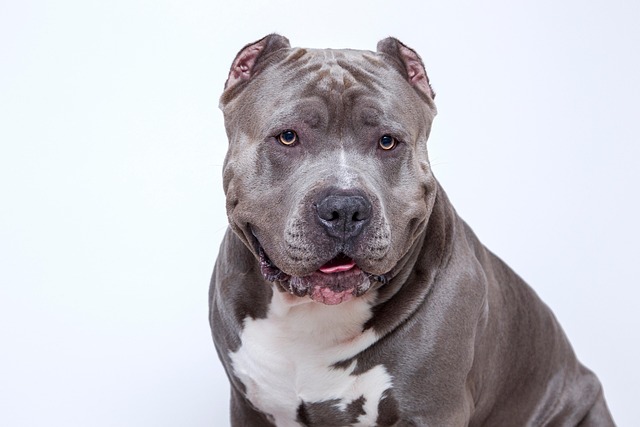
How do you treat gastrointestinal disease in dogs?
Gastrointestinal (GI) issues in dogs are more common than many new pet owners realize—they can pop up after a stolen table scrap, a sudden food switch, or even stress from a new apartment move.
I sat with my friend Tom in his backyard last weekend, watching his 10-year-old German Shepherd, Bear, doze in the sun. “I keep wondering how much time we have left—what’s the life expectancy of a senior dog, anyway?” he asked, his voice soft. If you’re a new U.S. dog owner with a senior pup (typically 7+ years old, though it varies by breed), this question weighs heavy. The truth is, there’s no one-size-fits-all answer—but understanding what shapes a senior dog’s life expectancy, and how you can support theirs, helps you make the most of every moment.
To unpack life expectancy, let’s start with the biggest factor: breed size. Small dogs (like Chihuahuas or Shih Tzus) often live 12–16 years, while medium breeds (Labradors, Cocker Spaniels) average 10–13 years. Large breeds (German Shepherds, Great Danes) have shorter lifespans—usually 7–10 years—because their bodies age faster. Bear, being a large breed, is already in his senior years, but Tom’s vet noted that health and lifestyle matter just as much as size. Dogs with regular vet care, a balanced diet, and daily activity tend to live longer than those without. For example, a small dog with obesity or untreated dental disease might live shorter than a healthy large breed—so “senior” is as much about health as age.

Here’s how to understand and support your senior dog’s life expectancy, step by step: First, know your dog’s breed baseline. Look up their breed’s average lifespan (ask your vet for help if they’re a mix). Bear’s breed average is 9–11 years, so Tom knows he’s in the later half but still has time to thrive. Second, prioritize preventive care. Senior dogs need vet visits every 6 months (not just once a year) to check for age-related issues like kidney disease, arthritis, or dental problems. Catching these early can add months or years to their life. Tom now takes Bear for regular blood work to monitor his kidneys—simple but effective. Third, adjust their lifestyle gently. Switch to a senior-specific diet (lower in calories to prevent obesity, higher in joint-supporting nutrients) and keep them active with short, frequent walks (no long hikes that strain their joints). For apartment living, add ramps near couches or beds to ease joint pain—Bear now uses a ramp to get on the couch, which makes him more mobile. Fourth, focus on mental health. Senior dogs can get bored or anxious—give them puzzle toys (stuffed with low-calorie treats) and spend quiet time cuddling. Mental stimulation keeps their brains sharp and improves quality of life.
Never skip your senior dog’s rabies vaccine—It’s required by law in all U.S. states, and regular vet visits for vaccines also let you catch health issues early. When walking, carry extra poop bags (cities like Seattle fine $125 for leaving messes) and keep walks slow—senior dogs tire easily, but movement is key for their joints. Avoid punishment for age-related behaviors (like accidents or slower walks)—it violates U.S. animal welfare standards and stresses them out. Instead, use positive reinforcement (a treat for using the ramp) to encourage good habits.
Tom now tracks Bear’s daily walks and vet visits in a notebook, and Bear still wags his tail when it’s time for a short stroll. The life expectancy of a senior dog isn’t just a number—it’s about quality of life. With care and attention, you can help your senior pup live their best, longest life.

Gastrointestinal (GI) issues in dogs are more common than many new pet owners realize—they can pop up after a stolen table scrap, a sudden food switch, or even stress from a new apartment move.

It’s a common misconception that health problems only affect older dogs. The reality is that certain issues can appear at any stage of a dog’s life

I sat with my friend Tom in his backyard last weekend, watching his 10-year-old German Shepherd, Bear, doze in the sun. “I keep wondering how much time we have left

I stood in a pet store with my friend Jake last weekend, watching him stare at a wall of puppy products—his 10-week-old French Bulldog, Lola, was coming home in 3 days

Gastroenteritis can throw a wrench in your dog’s usual energy—one day they’re begging for table scraps, the next they’re turning away from their favorite kibble, or dealing with upset tummies.

I sat with my coworker Mike in the break room last week, as he flipped through a stack of dog food bags—his 9-year-old Lab, Duke, had just been diagnosed with early kidney disease